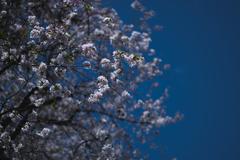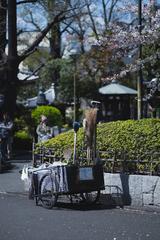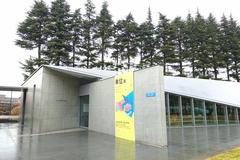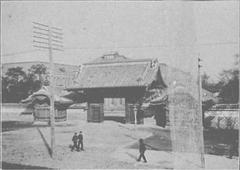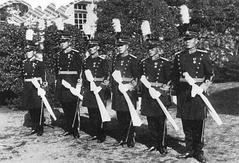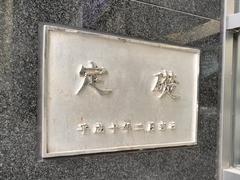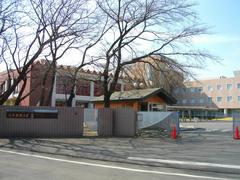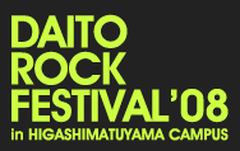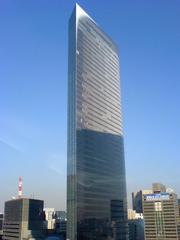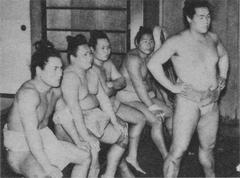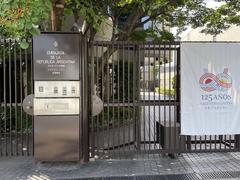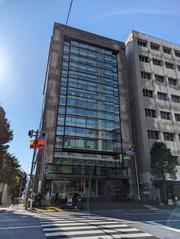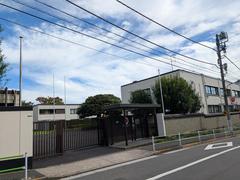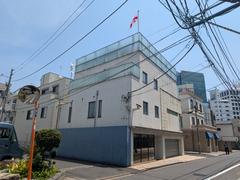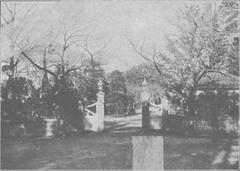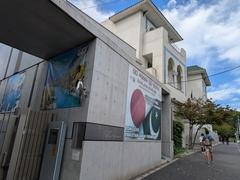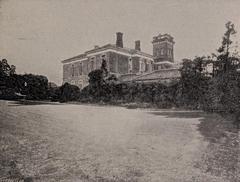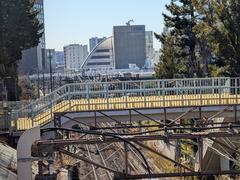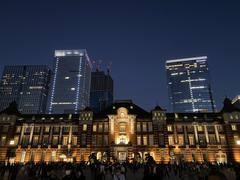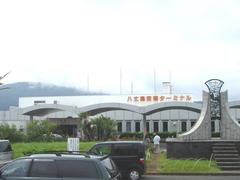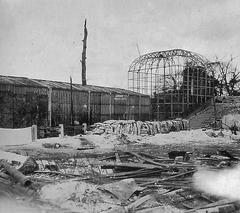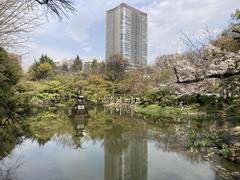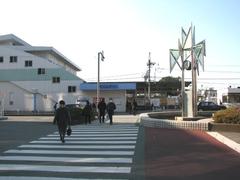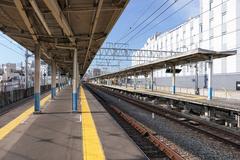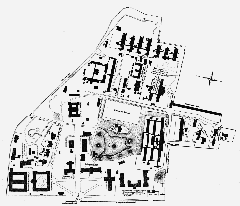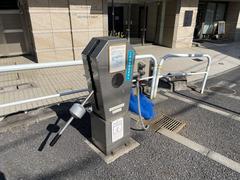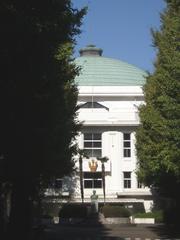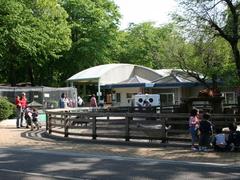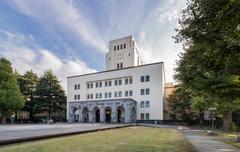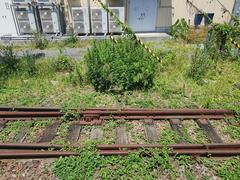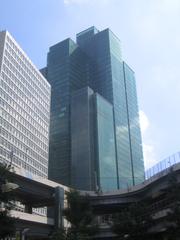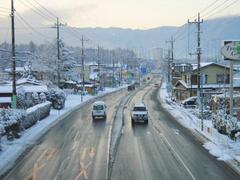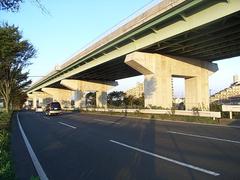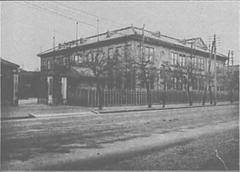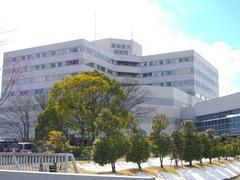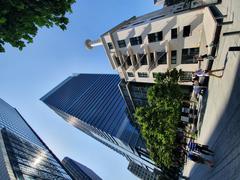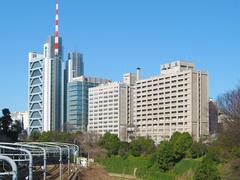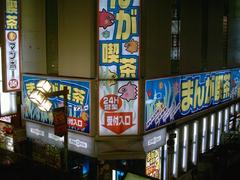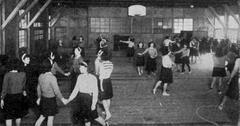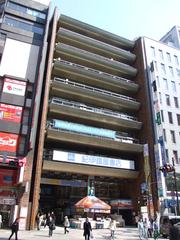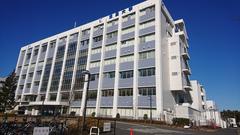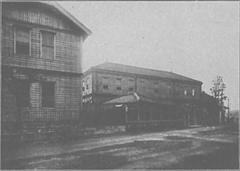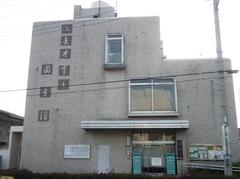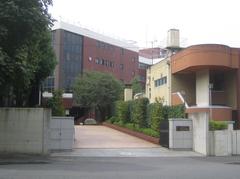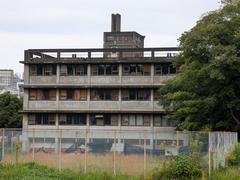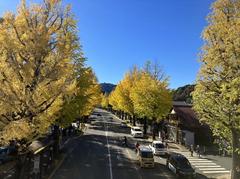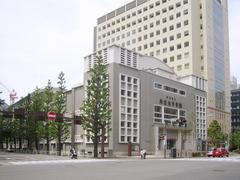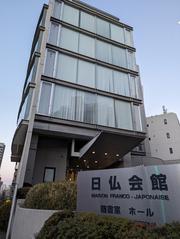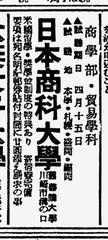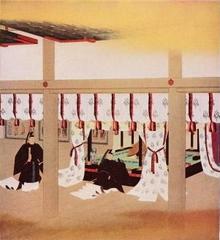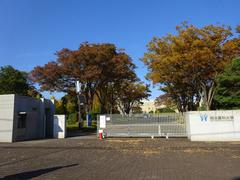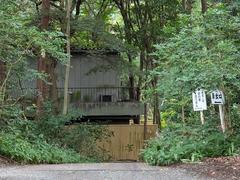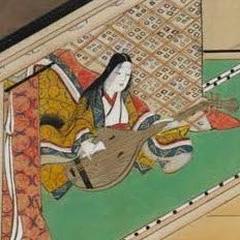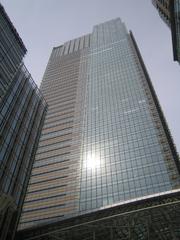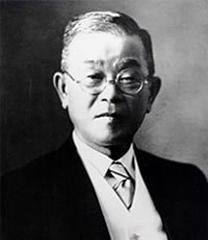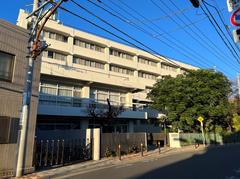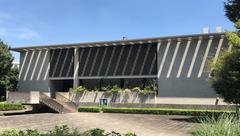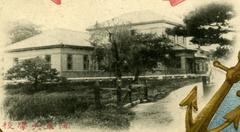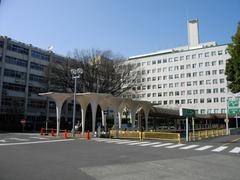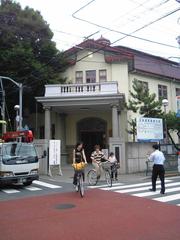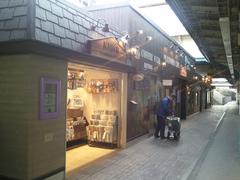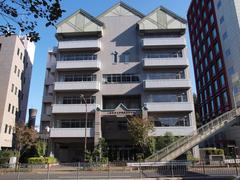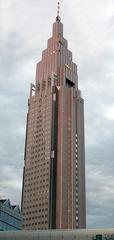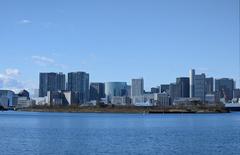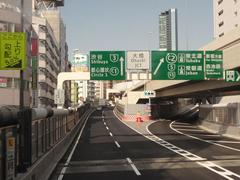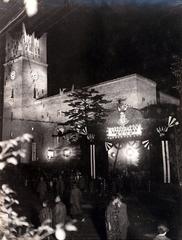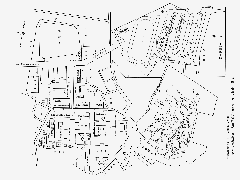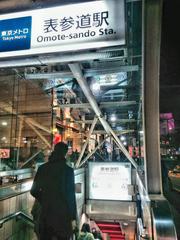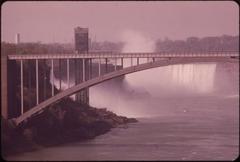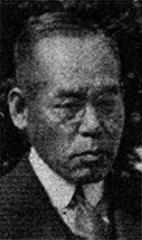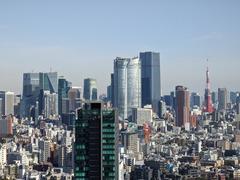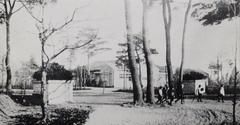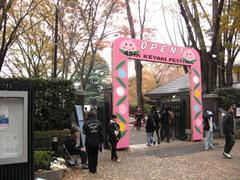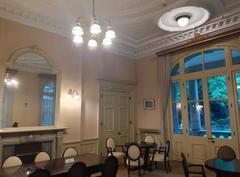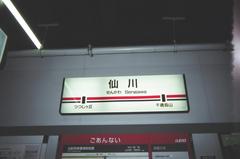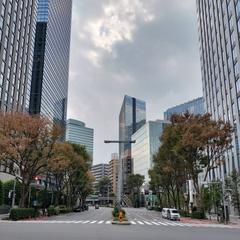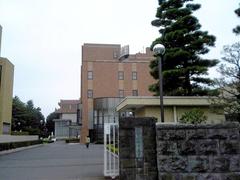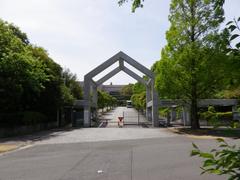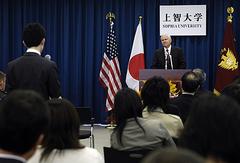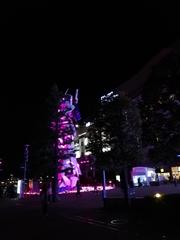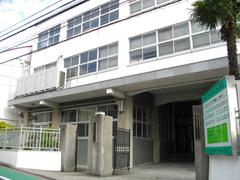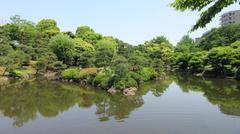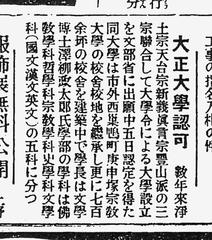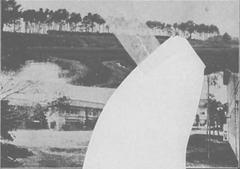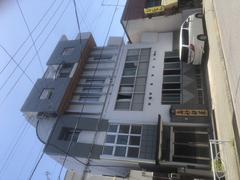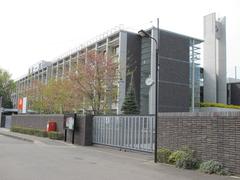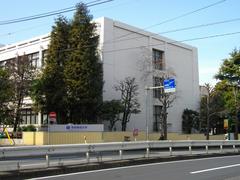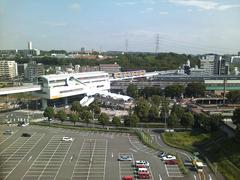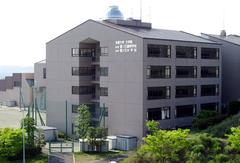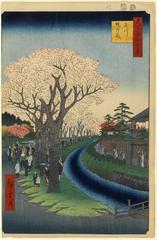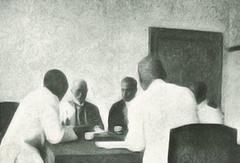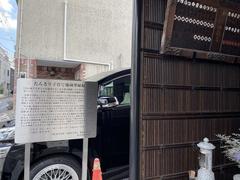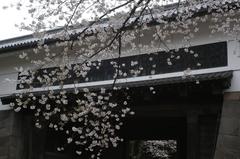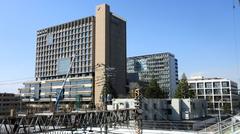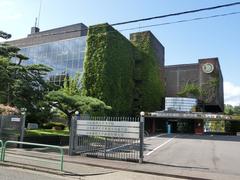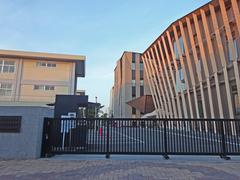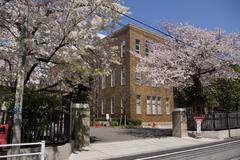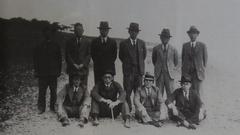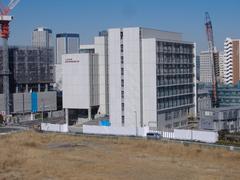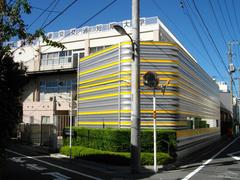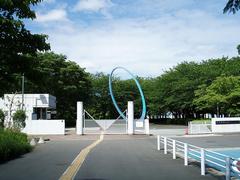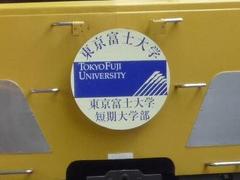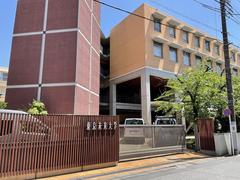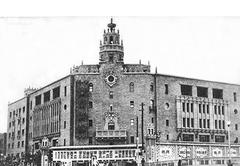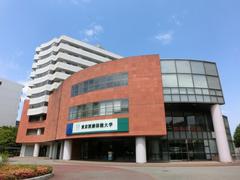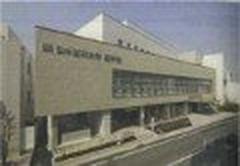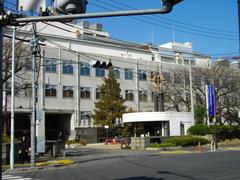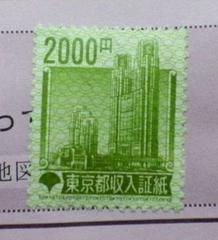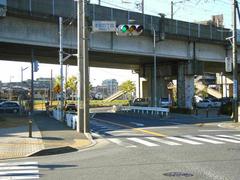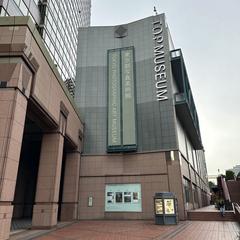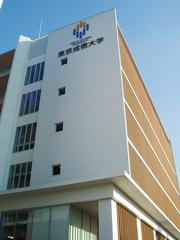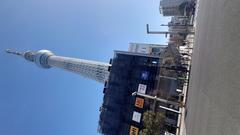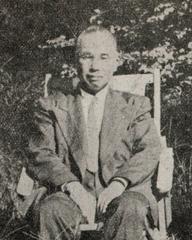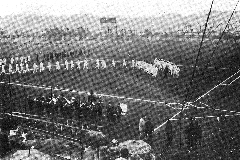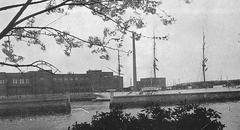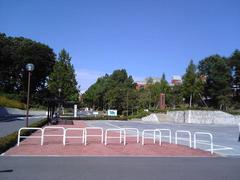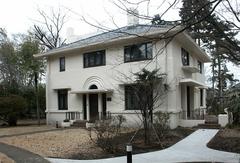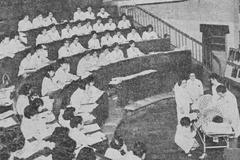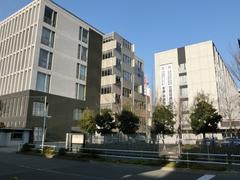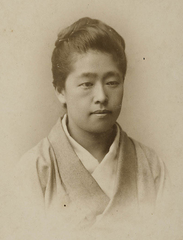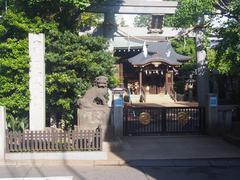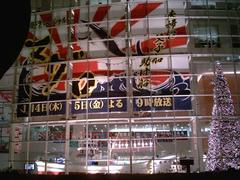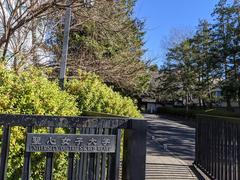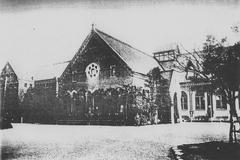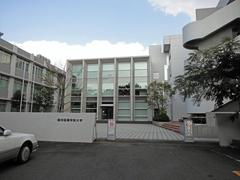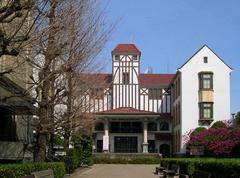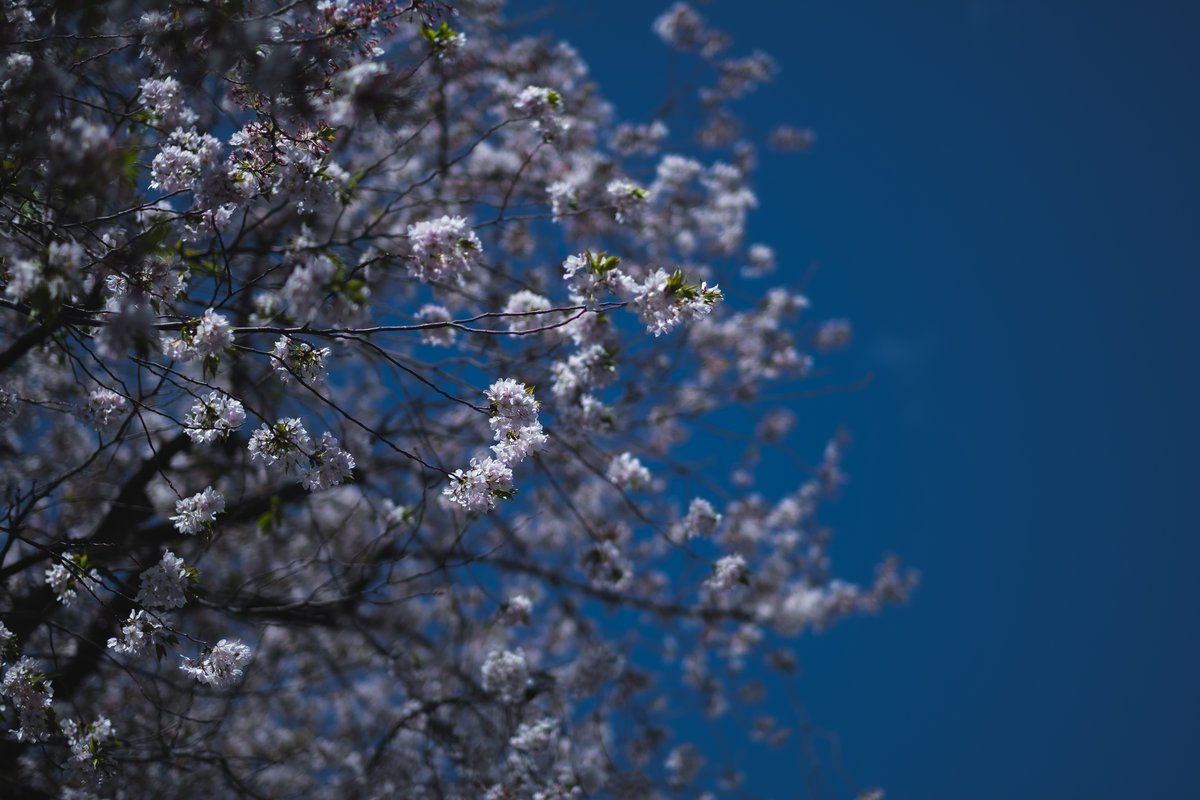
Comprehensive Guide to Visiting Sensō-ji, Tokyo, Japan
Date: 16/07/2024
Introduction
Sensō-ji, also known as Asakusa Kannon Temple, stands as Tokyo’s oldest and one of its most revered temples. Established in 645 AD, Sensō-ji was built to honor Kannon, the Buddhist goddess of mercy, following the discovery of her statue by two fishermen in the Sumida River. The site has since evolved into a significant cultural and spiritual landmark, drawing millions of visitors annually who are captivated by its rich history, stunning architecture, and vibrant festivals (Japan Guide). As a testament to Tokyo’s resilience and heritage, Sensō-ji offers a unique blend of traditions and modernity, making it a must-visit destination for anyone exploring Tokyo’s historical sites (Tokyo Metropolitan Government). This comprehensive guide provides essential information on visiting hours, ticket prices, architectural features, and travel tips to ensure a memorable experience at Sensō-ji.
Table of Contents
- Introduction
- History of Sensō-ji
- Visitor Information
- Architectural Significance
- Nearby Attractions
- Cultural Impact and Festivals
- Accessibility
- Sensō-ji in Popular Culture
- Preservation Efforts and Challenges
- FAQ
- Conclusion
History of Sensō-ji
Origins and Early History
Sensō-ji dates back to 628 AD when two fishermen brothers, Hinokuma Hamanari and Hinokuma Takenari, found a statue of Kannon, the Buddhist goddess of mercy, in the Sumida River. Recognized for its sanctity by the village chief Hajino Nakamoto, the statue was enshrined, marking the beginning of Sensō-ji (Japan Guide).
Establishment and Development
In 645 AD, the Buddhist priest Shokai officially founded the temple after having a vision of Kannon instructing him to build it. Over centuries, Sensō-ji became a major center for the Tendai sect of Buddhism, with iconic structures like the five-story pagoda and the Thunder Gate added to the complex (Tokyo Metropolitan Government).
Visitor Information
Visiting Hours and Tickets
Sensō-ji is open daily from 6:00 AM to 5:00 PM. Admission to the temple grounds is free, but certain areas may require a small fee. Special events and guided tours might have different schedules and prices.
Travel Tips
- Best Time to Visit: Early mornings or late afternoons to avoid the crowds.
- Photography: The temple’s picturesque setting is perfect for photos, especially during cherry blossom season.
- Guided Tours: Available in multiple languages, providing deep insights into the temple’s history and significance.
Architectural Significance
Sensō-ji’s architecture is a blend of traditional Japanese and Buddhist styles. The main hall’s sweeping roof and intricate woodwork exemplify Edo-period temple design. The five-story pagoda, standing at 53 meters, and the Thunder Gate with its massive red lantern and guardian statues, serve as iconic symbols of Tokyo (Architectural Institute of Japan).
Nearby Attractions
- Asakusa Shrine: Located adjacent to Sensō-ji, this Shinto shrine offers a serene contrast to the bustling temple grounds.
- Nakamise Shopping Street: A historical shopping street leading to Sensō-ji, offering traditional snacks, souvenirs, and crafts.
- Sumida Park: Perfect for a relaxing stroll, especially during cherry blossom season.
Cultural Impact and Festivals
Sensō-ji hosts numerous festivals, with the Sanja Matsuri in May being the most famous, attracting over a million visitors. Other notable events include the Hozuki-ichi (Ground Cherry Fair) in July and the Hagoita-ichi (Battledore Fair) in December, highlighting the temple’s cultural vibrancy (Tokyo Festival).
Accessibility
Sensō-ji is wheelchair accessible, with ramps and accessible restrooms available. The nearest station, Asakusa Station, is also equipped with elevators and other facilities for disabled visitors.
Sensō-ji in Popular Culture
Sensō-ji has appeared in various forms of popular culture, including literature, film, and television, often representing Tokyo and Japan in media worldwide. Its historical ambiance makes it a favorite location for filmmakers and photographers (Tokyo Film Commission).
Preservation Efforts and Challenges
To maintain Sensō-ji’s historical and cultural heritage, ongoing efforts include regular maintenance, structural reinforcements, and educational programs. These initiatives ensure that Sensō-ji remains a cherished landmark for future generations (Agency for Cultural Affairs).
FAQ
- What are the Sensō-ji visiting hours? Sensō-ji is open daily from 6:00 AM to 5:00 PM.
- Is there an entrance fee for Sensō-ji? Admission to the temple grounds is free, but certain areas may require a small fee.
- Are guided tours available? Yes, guided tours are available in multiple languages.
- Is Sensō-ji accessible for disabled visitors? Yes, the temple is wheelchair accessible.
Conclusion
Sensō-ji’s rich history, architectural beauty, and cultural significance make it a must-visit destination for anyone exploring Tokyo. The temple’s resilience and enduring appeal are testaments to its importance in Japan’s cultural and religious landscape. As Sensō-ji continues to evolve, it remains a vibrant symbol of Tokyo’s past, present, and future (Japan National Tourism Organization).
Call to Action
For more information on Sensō-ji and other historical sites in Tokyo, download the mobile app Audiala, check out our other related posts, or follow us on social media for updates and travel tips.
References
- Japan Guide. (n.d.). Sensō-ji. https://www.japan-guide.com/e/e3001.html
- Tokyo Metropolitan Government. (n.d.). Sensō-ji. https://www.gotokyo.org/en/spot/23/index.html
- Tokyo Festival. (n.d.). https://tokyo-festival.jp/en/
- Agency for Cultural Affairs. (n.d.). https://www.bunka.go.jp/english/
